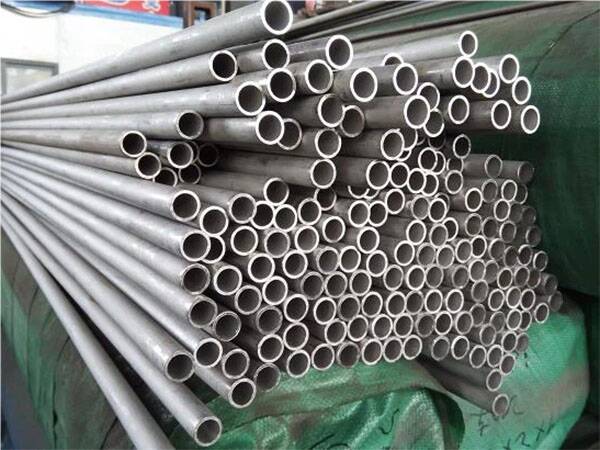Stainless steel mechanical tubes are usually divided into two major categories: welded type and seamless type. The former complies with the ASTM A554 standard. The steel strip is rolled into shape through resistance welding and then welded into tubes, and the external weld bead is removed to obtain a smooth surface. The latter is extruded or perforated from solid stainless steel billets in accordance with standards such as ASTM A632/ A511/
A213, without welds and with higher smoothness of the inner and outer walls.
Standard specifications for stainless steel mechanical tubes
ASTM A554: Welded stainless steel mechanical tubes, covering 19 grades and various cross-sectional shapes.
ASTM A632: Small-diameter austenitic stainless steel tubes, used in corrosion-resistant and high-temperature environments.
ASTM A511: Generally, high-strength seamless steel pipes are used, and they can also be used for some mechanical pipe specifications.
ASTM A269 / A312: Seamless and welded stainless steel fluid tubes are also commonly used in mechanical applications that require more stringent tolerances.

Common brands
304/304L: The most widely used austenitic stainless steel, containing 18%Cr and 8%Ni, with excellent corrosion resistance and weldability.
316/316L: By adding Mo to 304, it has a stronger resistance to pitting corrosion and is suitable for chemical and Marine environments.
321/347: Add Ti or Nb/Ta stabilizing elements to prevent intergranular corrosion, suitable for high-temperature mechanical parts.
Duplex stainless steel: Combining austenitic and ferritic structures, it features both high strength and corrosion resistance.
Manufacturing process
Welded mechanical tubes
Strip steel coil forming: Cold-rolled strip steel is rolled into the shape of round tubes by a forming machine.
Resistance welding: By heating the plates at both ends with high-frequency resistance, a weld seam is formed.
External weld bead removal: Remove the external weld beads by mechanical or shot blasting, and the inner cavity can be ground or cleaned with argon arc.
Seamless mechanical tube
Smelting and ingot casting: Smelted in an electric arc furnace and cast into steel ingots.
Heating and piercing: At high temperatures, a piercing machine is used to Pierce from the center of the billet to form a preliminary tube billet.
Hot rolling/cold rolling: The tube billet is hot-rolled or cold-rolled to the required wall thickness and outer diameter.
Annealing and pickling: Eliminate processing stress and remove oxide scale to ensure the metallographic structure and surface quality of the pipe.
Mechanical performance
Mechanical indicators
304 stainless steel: Tensile strength 515 MPa, yield strength 205 MPa, elongation 40%.
316L stainless steel: Tensile strength approximately 485 MPa, yield strength approximately 170 MPa, elongation ≥ 40%.
Two-phase grade: Tensile strength can reach 800-900 MPa, yield strength above 550 MPa.
Tolerance and Surface
Outer diameter tolerance: within ± 0.10mm; Wall thickness tolerance: ±10% (or tighter).
The surface roughness Ra ≤ 0.8 μm (polishing grade) or Ra ≤ 1.6 μm (wire drawing grade).
Surface treatment
Pickling and passivation: Remove ferrite and carbides, form a dense oxide film, and enhance corrosion resistance.
Polishing/brushing: Suitable for decorative or pipe fittings with special requirements for fluid flow.
Electroplating passivation: In some high-end decorative occasions, color passivation treatment is adopted.
Application field
Machinery and Structure
Hydraulic cylinder tubes and cylinder bushings: resistant to pressure and wear, with high dimensional stability.
Sports equipment and furniture components: lightweight, high-strength, beautiful and durable.
Engineering and Energy
Petrochemical and offshore platforms: Resistant to pitting corrosion and stress corrosion cracking.
Nuclear power and hydrogen energy: Critical pipeline components that withstand high-temperature and high-pressure environments.
Medical Care and Food
Medical device and food delivery pipes: Seamless inner walls, sterile and easy to clean.
